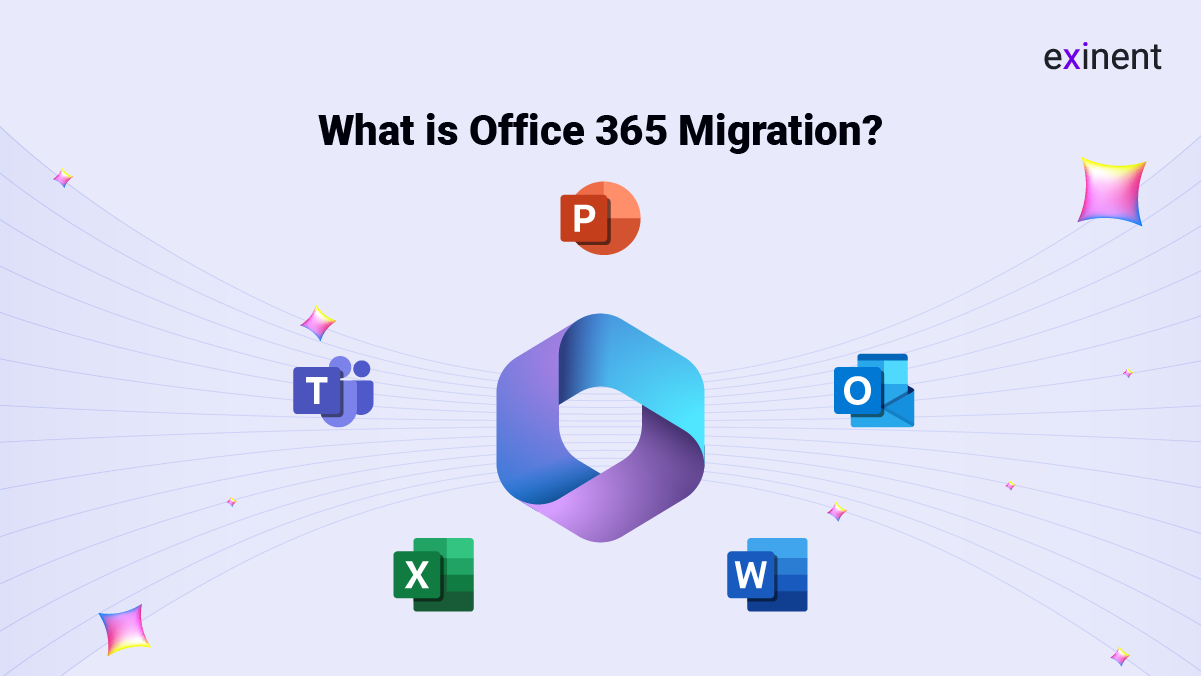
In today’s digital age, businesses are increasingly moving to cloud-based solutions to enhance productivity, security, and flexibility. Among these solutions, Office 365 (now known as Microsoft 365) has emerged as a leading choice for organizations of all sizes. However, transitioning to this platform requires a process known as Office 365 migration. But what exactly does Office 365 migration involve, and why should your business consider it? This comprehensive guide will walk you through the essentials of Office 365 migration, its benefits, the different types of migration, and how it can significantly impact your business operations.
What is Office 365 Migration?
Office 365 migration refers to the process of transferring a company’s existing data, email, and other resources from on-premises systems, legacy software, or other cloud services to Microsoft’s Office 365 platform. This migration enables businesses to move to a cloud-based environment where they can access a suite of productivity tools such as Outlook, Word, Excel, PowerPoint, SharePoint, and Teams, along with advanced security features and regular updates.
The migration process can vary in complexity depending on the size of the organization, the amount of data to be transferred, and the specific requirements of the business. Proper planning and execution are critical to ensure a smooth transition with minimal disruption to daily operations.
Why Consider Office 365 Migration?
Migrating to Office 365 offers numerous advantages that can transform how your business operates. Here are some key reasons why you should consider making the switch:
- Enhanced Productivity: Office 365 provides a comprehensive suite of tools that integrate seamlessly, allowing your team to collaborate more effectively. With cloud-based access, employees can work from anywhere, on any device, ensuring continuity and flexibility.
- Cost Efficiency: By moving to a cloud-based platform, businesses can reduce the costs associated with maintaining on-premises servers, software updates, and IT infrastructure. Office 365 operates on a subscription-based model, allowing you to scale services according to your needs.
- Security and Compliance: Office 365 offers advanced security features such as data encryption, multi-factor authentication, and regular security updates. It also helps businesses comply with industry regulations by providing tools to manage data governance and retention policies.
- Scalability: Whether you’re a small business or a large enterprise, Office 365 can scale with your needs. As your organization grows, you can easily add or remove users and adjust your subscription plans accordingly.
- Regular Updates: Microsoft regularly updates Office 365 with new features and improvements, ensuring that your business always has access to the latest technology without the need for manual upgrades.
Types of Office 365 Migration
There are several migration methods available, each suited to different organizational needs and technical environments. Understanding these methods is crucial in choosing the right approach for your business.
1. Cutover Migration
Cutover migration is the simplest method, ideal for small to medium-sized businesses with fewer than 2,000 mailboxes. In this method, all mailboxes, contacts, and other data are migrated to Office 365 in a single batch. It’s a quick process, usually completed over a weekend to minimize disruption. However, because everything is moved at once, it’s not suitable for larger organizations with extensive data.
2. Staged Migration
Staged migration is designed for businesses with more than 2,000 mailboxes that need to move their data in phases. In this method, mailboxes are migrated in batches over time, allowing for a more controlled and less disruptive transition. This method is typically used when migrating from older versions of Exchange Server to Office 365.
3. Hybrid Migration
Hybrid migration is ideal for larger organizations that want to maintain both on-premises and Office 365 environments simultaneously. This approach allows for a gradual migration, with the flexibility to move mailboxes to the cloud at your own pace. It’s a complex process that requires proper planning and may involve running a hybrid Exchange environment.
4. IMAP Migration
IMAP migration is used to move email data from non-Exchange mail systems (such as Gmail, Yahoo, or other IMAP-enabled email servers) to Office 365. This method only migrates emails, so additional steps are required to move calendars, contacts, and other data. IMAP migration is generally suited for small organizations with basic email needs.
5. Third-Party Migration Tools
For organizations with specific requirements or complex environments, third-party migration tools offer additional flexibility and features. These tools can automate parts of the migration process, support a broader range of source platforms, and provide more detailed reporting and error handling.
Preparing for Office 365 Migration
To ensure a successful Office 365 migration, proper planning and preparation are essential. Here are some steps to help you get started:
- Assess Your Current Environment: Begin by evaluating your existing email system, data storage, and IT infrastructure. Identify the data and applications you need to migrate and assess any potential challenges.
- Choose the Right Migration Method: Based on the size of your organization, the complexity of your environment, and your specific needs, choose the most suitable migration method.
- Develop a Migration Plan: Create a detailed migration plan that outlines the timeline, responsibilities, and steps involved in the migration process. Ensure that you have backup plans in place to address any issues that may arise.
- Communicate with Your Team: Keep your employees informed about the migration process, including any potential disruptions and the benefits of moving to Office 365. Provide training to help them adapt to the new platform.
- Test the Migration: Before moving your entire organization, perform a test migration with a small group of users to identify and resolve any issues.
Conclusion
Office 365 migration is a strategic move that can greatly enhance your organization’s productivity, security, and scalability. By understanding the different migration methods and carefully planning the transition, you can ensure a smooth and successful migration to Office 365. Whether you’re a small business looking for cost-effective solutions or a large enterprise seeking advanced features and security, Office 365 offers the tools and flexibility to support your business’s growth and success in the digital age.
